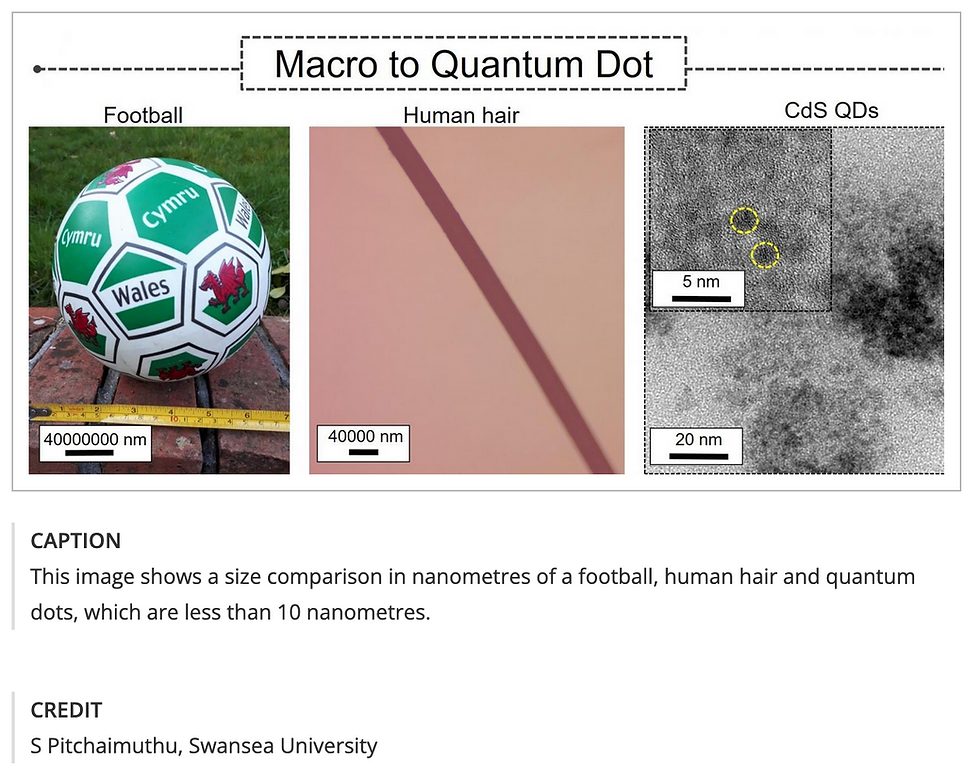XRF's influence on lead detection
- Eric Ritter

- Jan 15, 2024
- 2 min read
X-RAY fluorescence spectroscopy is a means to detect lead in substrates.
if there's over painting there still could be buried lead in the walls which could be damaged and potentially contaminate the house if renovations were to be undertook .
Additionally the X-Ray spectrometers do expose the operators to some x-rays, Although I'm not saying that's an actual concern of mine I use my gun all the time it's only five watts and there's not that much x-rays when compared to something like x-ray of my teeth for example or for example flying on an airplane from New York to California will expose the occupants of that airplane to a thousand times the amount of radiation i would be exposed to from an x-ray fluorescent spectrometer after using it all day.
The main aspect where this lies is in the initial demarcation of what the legal limit for lead paint was in the united states, as a function of the decision to use XRF in federally mandated lead paint detection
Initially in 1971 Lead Based Paint was defined as 1% lead metal in the paint by weight.
(10,000 ppm)
Soon thereafter in 1973 a law was passed which defined lead based paint as .5% Lead by weight before the end of 1974. (5,000 ppm)

And after 12/31/1974 any paint wet or applied to a surface containing more than six hundredths of one percent lead by weight would be defined as Lead Based Paint. (600ppm)
However these laws did nothing to specifically address the issue facing Americans of the time (and still today) which was that nearly 50% of the housing stock had Lead Based paint and more had some form of lead containing paint within them.
By 1988 there had been decided that portable X-Ray units could be used to detect lead en masse within the federally constructed and maintained housing stock in the United States. However these units were very basic, they could not detect lead reliably at a level below 1 milligram per square centimeter. which could be roughly equated to 5,000 ppm- although these two terms are not necessarily interchangeable- its a complicated issue.

As denoted in the nineteen eighty eight law which was a forerunner for into title x , also known as Housing and Community Development Act of 1992 which combined milligrams per square centimeter and a percentage of .5% lead metal by weight.


I understand there would have been no way to deploy the x-ray fluorescence spectroscopy in the early 1990's if the limit was at 600, parts per million.
I commend the government for taking action in such a massive way but there was an unintended drawback, the decision to screen for lead like this actually defined the zeitgeist for a about 30 years. During the past 30 years there have been incremental increases in the technology inside of the spectrometers but by and large the situation has remained the same. A limit not defined by human health but instead by technology available in 1988-1992.
Thank you for reading

Comments